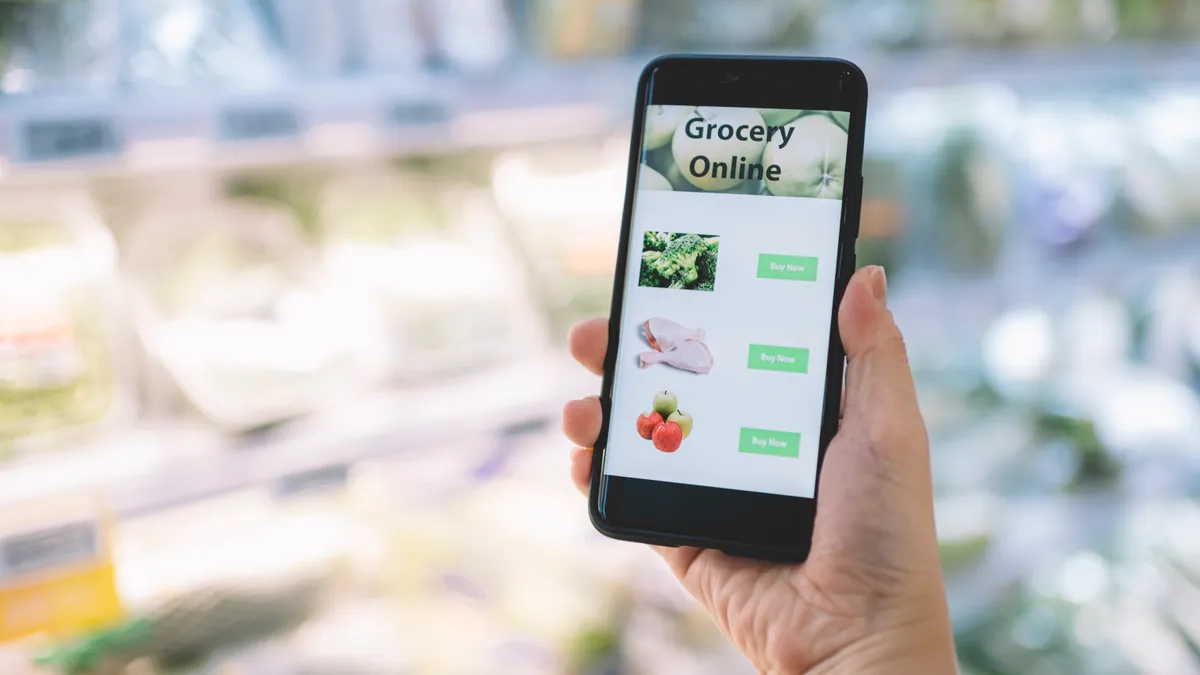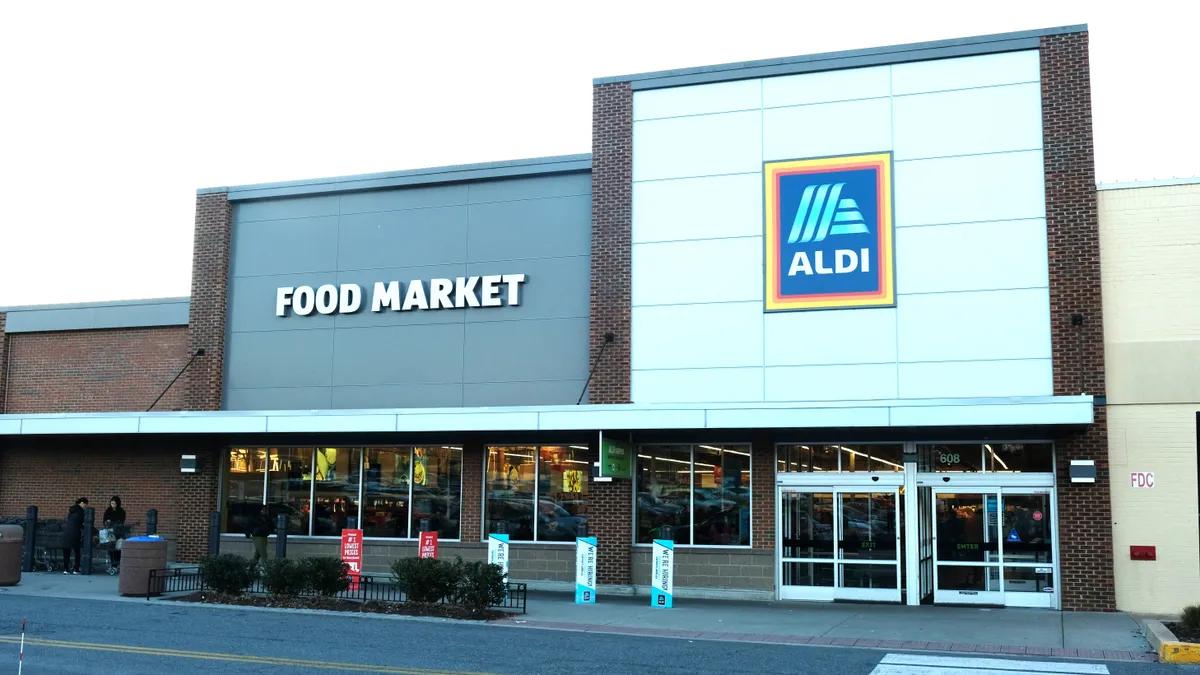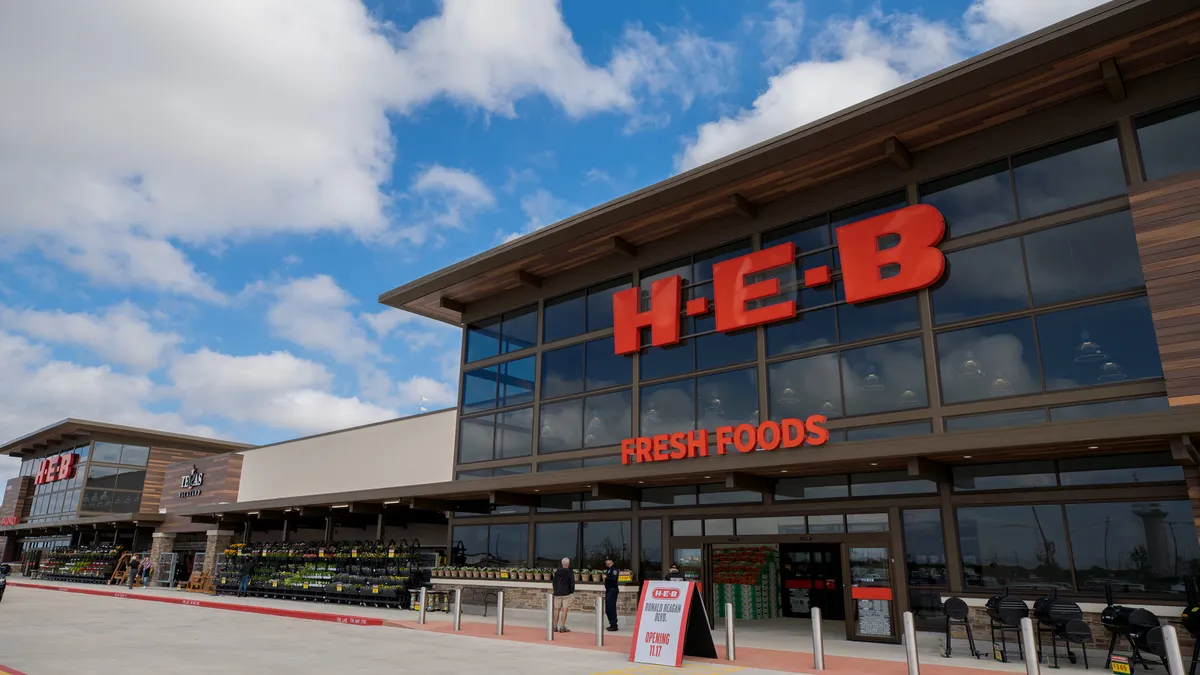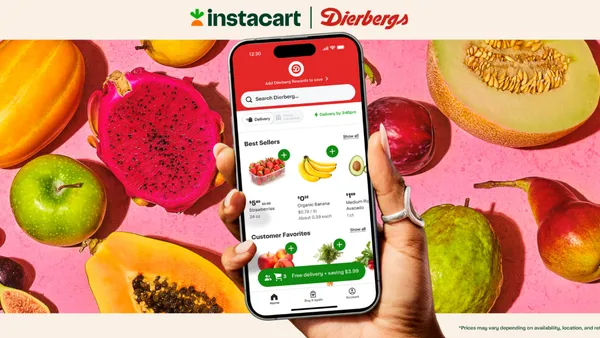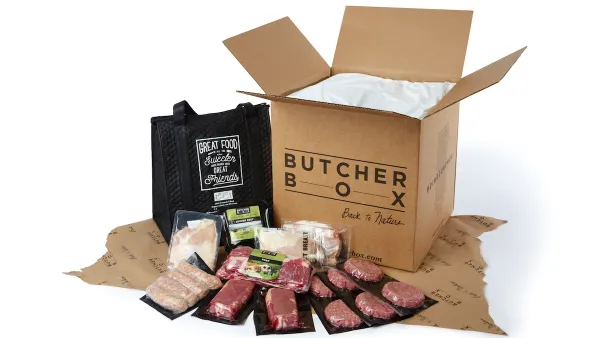Dive Brief:
- The onset of the COVID-19 pandemic brought a surge in grocery e-commerce sales. Now, five years later, grocery e-commerce continues to grow — but by different means, according to the latest monthly e-grocery report from Brick Meets Click and Mercatus.
- Before the pandemic hit, ship-to-home sales accounted for more than 40% of online grocery sales compared to just 18% today. Delivery, meanwhile, accounted for around a quarter of online grocery sales in 2019 and now accounts for 43% of sales.
- March’s online grocery sales increased 21% year over year, totalling $9.7 billion and marking the eighth consecutive month grocery e-commerce sales came in above $9.5 billion.
Dive Insight:
The pandemic, which caused widespread lockdowns and other societal shifts starting in March 2020, significantly disrupted how consumers use grocery e-commerce for their shopping trips, and these changes continue to bleed into today’s online grocery landscape.
March 2020 saw grocery e-commerce sales skyrocket more than 200% to $6.5 billion, peaking in 2021 before leveling out through mid-2024, according to Brick Meets Click. In recent months, online grocery has seen a 20% uptick thanks to a continued rise in subscriptions and membership promotions, underscoring consumers’ continued reliance on delivery, pickup and ship-to-home services for their grocery shopping.
Delivery continues to be the top performer, growing over 20% year over year to $4.2 billion due to an expansion of its monthly active user (MAU) base, Brick Meets Click reported. Delivery’s growth stalled in early 2024 due to high inflation, but resumed its uptick last May when “aggressive promotions” brought back demand, according to the press release. Meanwhile, pickup reached $3.8 billion and ship-to-home totaled $1.8 billion for the month of March, per Brick Meets Click’s findings.
“Delivery’s remarkable year-over-year rebound highlights the potency of promotional strategies that help customers save more money,” said David Bishop, partner at Brick Meets Click. “And, memberships/subscriptions are becoming essential for retaining customers and driving more recurring revenue via gains in order frequency and average order values.”
Aside from the significant increase in sales, grocery e-commerce has also seen a shift in consumers’ preferred receiving methods.
Compared to before March 2020, more households are more likely to use a mix of delivery, pickup and ship-to-home for their grocery orders. Prior to the pandemic, 85% of MAUs stuck to just one of these methods to receive online orders, according to Brick Meets Click.



